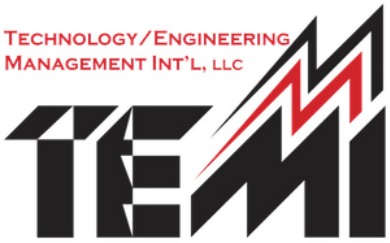Business Process Reengineering and Benchmarking
"When you automate a mess, what you end up with is an automated mess."
This familiar quote is behind much of the effort to rethink and reengineer American business practices. However, much of the effort to reengineer corporate America has met with only limited success at best and downright disaster at worst. Why? Part of the reason is that some reengineering efforts are incompletely or poorly thought out. Fortunately, operations research and management science have provided us with many tools that, if properly employed, can help us do a better job of deciding which processes to work on and allow us to flight test the resulting changes before actually implementing them.
This familiar quote is behind much of the effort to rethink and reengineer American business practices. However, much of the effort to reengineer corporate America has met with only limited success at best and downright disaster at worst. Why? Part of the reason is that some reengineering efforts are incompletely or poorly thought out. Fortunately, operations research and management science have provided us with many tools that, if properly employed, can help us do a better job of deciding which processes to work on and allow us to flight test the resulting changes before actually implementing them.
How Can BPR and Benchmarking Work Together?
Business process engineering and benchmarking are natural complements on one another. First, benchmarking compares the effectiveness and efficiency of your core processes against those of other firms. From this analysis we can identify those processes which are candidates for process improvement and those which apparently require complete reengineering.
What Tools Can Help?
Much of the effort in benchmarking, process improvement, and reengineering has relied on low-tech or notech methodologies which limit the effectiveness of the effort. Frequently, simplistic models and techniques are applied to complex problems with the inevitable result -- a model that does not realistically represent the true problem and a resulting solution that does not work. So, what tools might we employ to do this more effectively?
For benchmarking, Data Envelopment Analysis (DEA) is a quantitative technique that can more accurately assess the relative merits of the various participants in a benchmarking study. Utilizing well developed linear programming techniques, DEA converts multiple input and output measures into a single, comprehensive measure of efficiency. Using DEA, we can identify a defensible standard of performance, based on the best observed practice, rather than some idealistic level of performance that may or may not be attainable.
So now that we’ve identified which processes to work on, what tools can we employ to improve them? Fishbone (cause and effect) diagrams and process flow charts can help diagnose problems and redesign processes, but neither of these tools can adequately assess the results of the changes we might make. What we really need is a management flight simulator that will enable us to test the effect of the process changes before actually implementing them. Systems thinking and systems dynamics modeling provide a framework and an approach, respectively, that will allow us to test the impact of the proposed process changes. Using ithink* systems dynamics simulation software, TEMI can flight test the reengineered or redesigned process for internal efficiency and effectiveness, and assess its impact on upstream and downstream processes.
Don’t reengineer or redesign another process by the seat of your pants. Ask TEMI to help you apply rigorous, scientific methodologies to the design of your business processes.
*ithink is a registered trademark of High Performance Systems, Inc.
For benchmarking, Data Envelopment Analysis (DEA) is a quantitative technique that can more accurately assess the relative merits of the various participants in a benchmarking study. Utilizing well developed linear programming techniques, DEA converts multiple input and output measures into a single, comprehensive measure of efficiency. Using DEA, we can identify a defensible standard of performance, based on the best observed practice, rather than some idealistic level of performance that may or may not be attainable.
So now that we’ve identified which processes to work on, what tools can we employ to improve them? Fishbone (cause and effect) diagrams and process flow charts can help diagnose problems and redesign processes, but neither of these tools can adequately assess the results of the changes we might make. What we really need is a management flight simulator that will enable us to test the effect of the process changes before actually implementing them. Systems thinking and systems dynamics modeling provide a framework and an approach, respectively, that will allow us to test the impact of the proposed process changes. Using ithink* systems dynamics simulation software, TEMI can flight test the reengineered or redesigned process for internal efficiency and effectiveness, and assess its impact on upstream and downstream processes.
Don’t reengineer or redesign another process by the seat of your pants. Ask TEMI to help you apply rigorous, scientific methodologies to the design of your business processes.
*ithink is a registered trademark of High Performance Systems, Inc.
